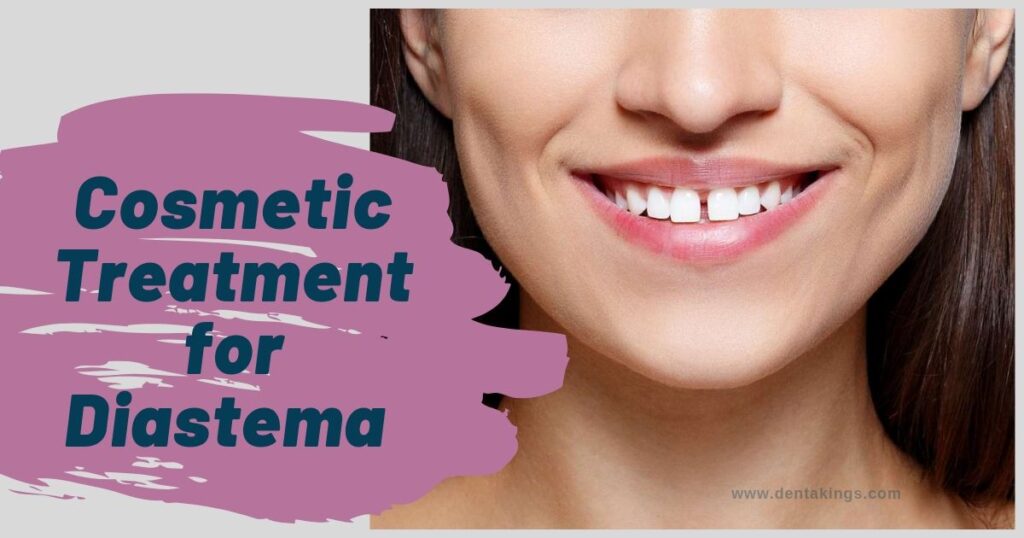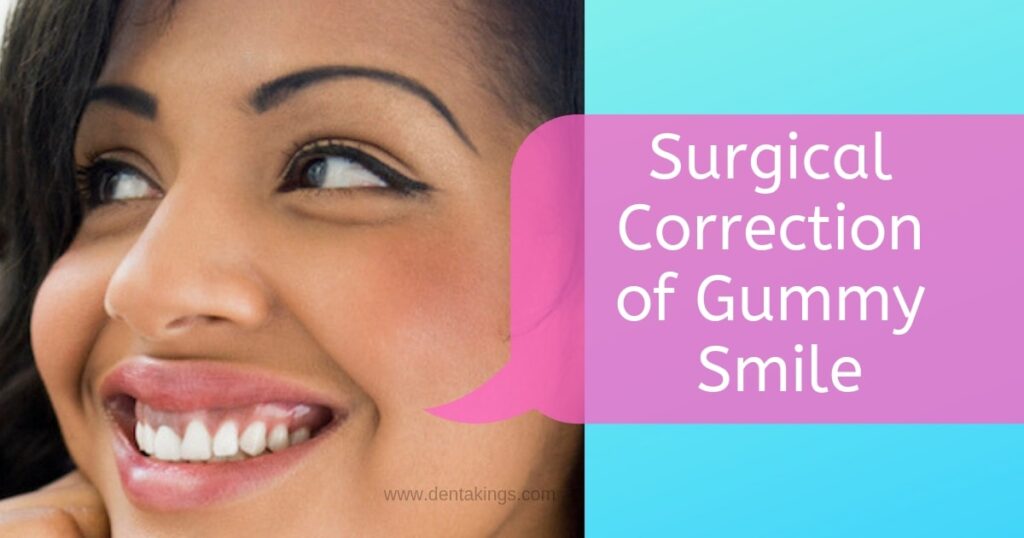Five questions that you need to ask your Dentist before an Orthognathic Surgery
Orthognathic surgery, also known as corrective jaw surgery, is used to correct conditions related to […]
Is Orthognathic surgery a Cosmetic surgery?
‘Orthognathic is derived from two Greek words ‘Orthos’ and “Gnathos’ which means ‘straight’ and ‘jaws’ respectively. […]
Does Orthognathic Surgery fix TMJ problem?
TMJ stands for Temporomandibular joint. This joint is commonly referred to as the jaw joint […]
Tips to handle tooth sensitivity after teeth whitening
Teeth whitening is essentially used to lighten the color of our teeth. One of the […]
Brushing and Flossing tips for Kids
It is very important to maintain good oral hygiene at an early age. It is […]
Cosmetic Treatment for Diastema
Diastema refers to the presence of large gaps or spaces between two or more teeth. […]
7 Signs to look if your teeth needs Dental Braces
Braces are usually recommended by Dentists to enhance your facial appearance or if you experience […]
Surgical options for your Gummy Smile
What is a Gummy Smile? The definition of a gummy smile depends on aesthetics and […]









